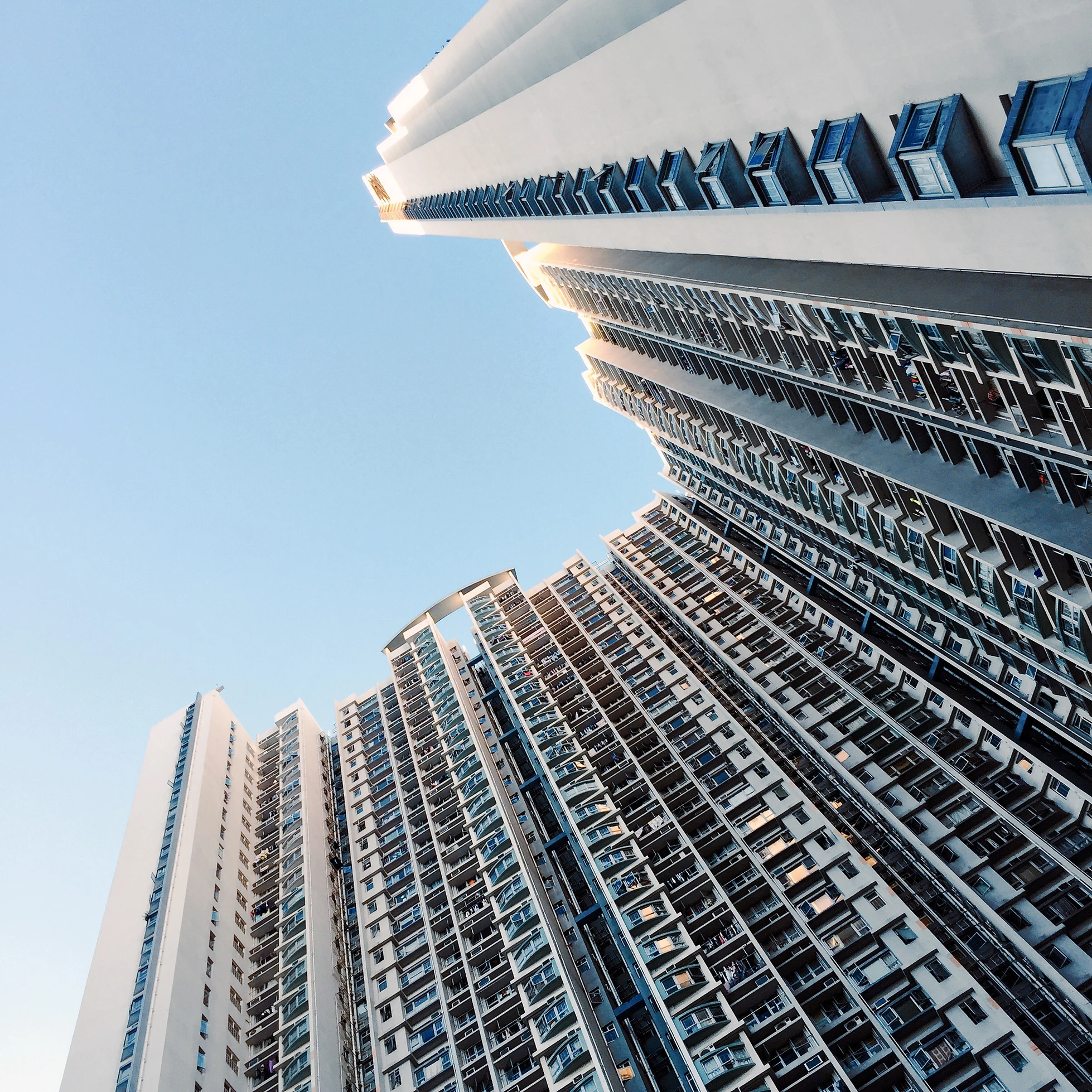Have you ever wondered how large cities are efficiently planned? A master plan is the answer. Let's explore its essence in this guide.

Components of a Master Plan
Imagine you are designing the model of a mini-city. This is where a master plan comes into play, a kind of roadmap detailing every aspect of real estate development. It's like a treasure map for developers, where components are the clues leading to gold.
Land Use
Land use in a master plan refers to how specific areas are designated for different functions: housing, offices, parks, and more. Basically, it allocates space to literally live, work, and play. For instance, imagine a mega-project like Hudson Yards in New York, where parks are not just for decoration.
Infrastructure
Infrastructure is the backbone that holds everything together. It includes roads, water and electricity services, and transportation systems. Without good infrastructure planning, a development would simply collapse under the weight of its traffic.
Public transport: Reduces congestion and connects communities.
Pedestrian pathways: Promote sustainability and exercise.
Green Spaces
Because nobody wants to live in a concrete jungle, right? Green spaces are vital for creating livable areas. Central Park, with its oasis in the middle of the city, is the godfather of all good master plan developments.
Regulations and Standards
Regulations ensure everyone plays by the rules to maintain the visual and functional coherence of the development. Without a strict regime, we could end up with skyscrapers disguised as leaning towers of Pisa.
Technology and Sustainability
In the digital age, master plans integrate technology to enhance efficiency and sustainability. Smart cities like Songdo in South Korea are examples where technology is at the forefront.
In summary, a good master plan is not just an accumulation of buildings, but a meticulous orchestration of space, flow, and life, transforming into a symphony of urbanism.
Benefits for Developers
This is where things really start to get interesting. Why does a developer aspire to create a master plan? Well, it's not just for the title of 'master architect'. There are tangible benefits involved that make the investment worthwhile, even if the path may be filled with bureaucracy and paperwork.
Land Value Improvement
A well-planned project generally increases land value, not only for the developer but also for neighboring property owners. It's almost like a domino effect of appreciation that would even make a cynical real estate agent smile.
Operational Efficiency
With all the pieces of the urban puzzle already organized thanks to the master plan, subsequent operations can be much more efficient. A comprehensive plan facilitates the preliminary evaluation of costs and timelines.
Attracting Investors
Large-scale projects tend to attract investors of equal magnitude. Who wouldn't want a slice of an ambitious project like Dubai Marina? It also creates a trusting environment for future developments.
Competitive Advantages
By following a well-structured master plan, developers can establish themselves as industry leaders in terms of vision and execution. This translates into brand recognition and, consequently, loyalty.
Community Support
A high-quality project addresses the needs of the community, which translates into less resistance and more support from local residents and government authorities.
In essence, for developers, a master plan is their tool to compose an urban masterpiece that promises considerable returns and a tangible legacy.
Examples of Remarkable Projects
To truly understand the impact of master plans, just look at some of the most successful projects around the world. Here, it's not just about theory or abstract ideas. These are tangible models of brilliantly executed planning that sustain sustained growth and a thriving environment.
Songdo, South Korea
From its inception, Songdo was designed as a smart city, using cutting-edge technology to manage waste, traffic, and even the flow of people. A stroll through its digitally lit streets is enough to make you feel in the future, where the master plan is not a luxury but a necessity.
Hudson Yards, New York
One of Manhattan's most ambitious developments, Hudson Yards has transformed an underutilized area into a flourishing urban oasis that is not only free to live, but also to innovate. Every aspect of the development speaks of a design geared towards long-term sustainability.
Canary Wharf, London
Once a neglected dock, today Canary Wharf is a thriving financial district full of futuristic skyscrapers thanks to a revitalization master plan that understood the needs of the moment. And while rising like a phoenix may be a cliché, here it is a palpable reality.
Masdar City, United Arab Emirates
Designed with the idea of being the world's most sustainable city, Masdar City in Abu Dhabi is an example of how a master plan can go beyond expectations by holistically integrating green technology and modern lifestyles.
Ultimately, each of these projects not only highlights what can be achieved with an effective master plan but also inspires future developments. As Sun Tzu once said (if he could talk about real estate), "The supreme excellence consists in breaking the enemy's resistance without fighting." In the case of master plans, that resistance is urban chaos, a challenge subtly overcome through masterful planning.



